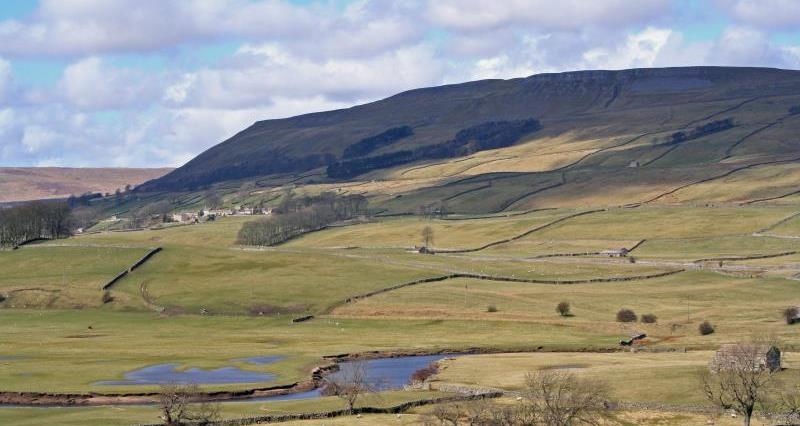It is the farmer or land owner's responsibility to prevent pollution resulting from farming practices.
The Environment Agency is responsible for making sure the rules it sets out in its policy paper Farming rules for water are followed.
Inspection works
The Environment Agency will do this through its farm inspections work. If they find you are breaching the rules
- it will help you by identifying the changes you need to make
- agree a timescale with you to make changes.
To check you’ve made changes, the Environment Agency may give you a follow-up visit or ask for evidence, such as photographic evidence of a change.
What are the rules?
Organic and manufactured fertiliser management, storage and management
Rule 1 – Application of organic manures and manufactured fertiliser
a) Application of organic manures and manufactured fertilisers to cultivated agricultural land must be nutrient management planned to meet soil and crop nutrient needs without exceeding these levels and assessed for significant risk of pollution in advance.
b) Nutrient Management Planning must take into account the results of testing for:
- Phosphorus
- Potassium
- Magnesium
- pH and Nitrogen levels in the soil
This must be done at least every 5 years.
You may determine soil Nitrogen levels by assessing the soil Nitrogen supply instead of testing the soil. This can be done using the Tried and Tested SNS calculator.
Note: The soil testing requirement is only for land that requires a nutrient management plan due to it receiving an application of organic manure or manufactured fertiliser by spreading on the surface of the land, injection into the land or mixing with the surface layers of the soil. It does not include direct deposit of excreta onto land by livestock.
Rule 2 – Organic manures must not be stored on land:
a) within 10 metres of inland freshwaters or coastal waters,
b) where there is significant risk of runoff entering inland freshwaters or coastal waters within 50 metres of a spring, well or borehole.
Rule 3 – Organic manures or manufactured fertilisers must not be applied:
a) if the soil is
- waterlogged
- flooded
- snow covered
b) if the soil has been frozen for more 12 hours in the previous 24 hours
c) if there is a significant risk of causing environmental pollution from soil erosion and run-off
Rule 4 – Organic manures must not be applied within:
a) 10 metres of any inland freshwaters or coastal waters, except, if precision equipment is used within 6 metres of inland freshwaters or coastal waters
b) 50 metres of a spring, well or borehole
Rule 5 – Manufactured fertiliser must not be applied within 2 metres of inland freshwaters or coastal waters
Soil management
Rule 6 – Take all reasonable precautions to prevent significant soil erosion and runoff:
a) seedbeds, tramlines, rows, beds, stubbles (including harvested land with haulm), polytunnels and irrigation, and
b) poaching by livestock
Rule 7 – Land manager must ensure that poaching is prevented within 5 metres of inland freshwaters or coastal waters
Rule 8 – Livestock feeders must not be positioned:
a) within 10 metres of any inland freshwaters or coastal waters,
b) where there is a significant risk of runoff from poaching around the feeder entering any inland freshwaters or coastal waters.
Further reading
From NFUonline
- Read more about the NFU's position on the rules
- For more detailed description of the rules, read our NFU briefing – Farming rules for water
- Read Think about compliance when spreading this winter
From the web
- You can find guidance from GOV.UK Rules for farmers and land managers to prevent water pollution
- Find out more about the Tried and Tested SNS calculator on the Calculators and estimators page
